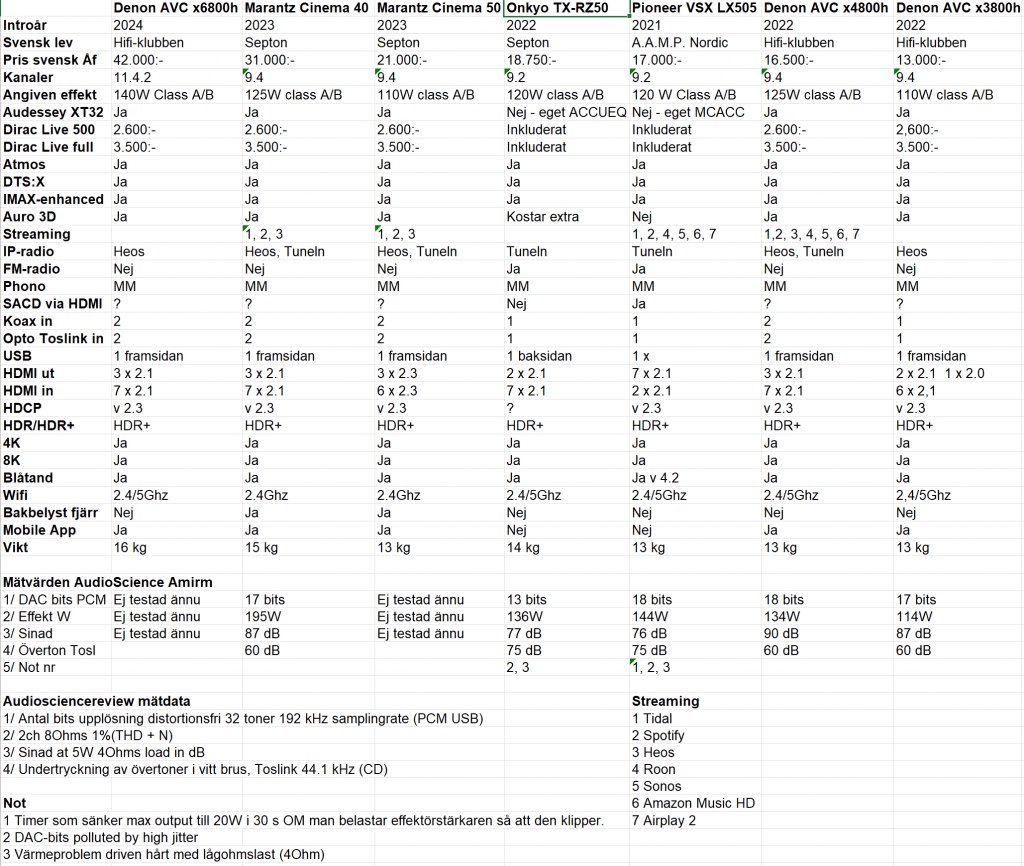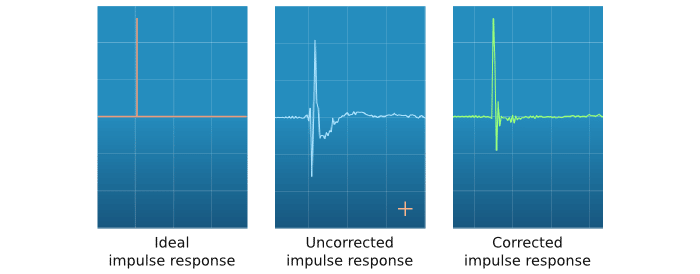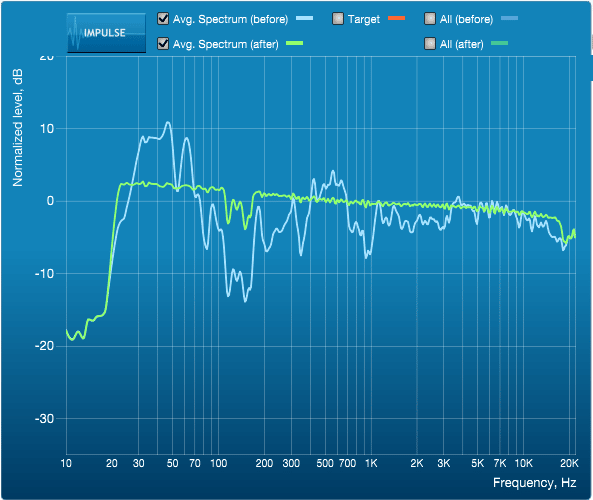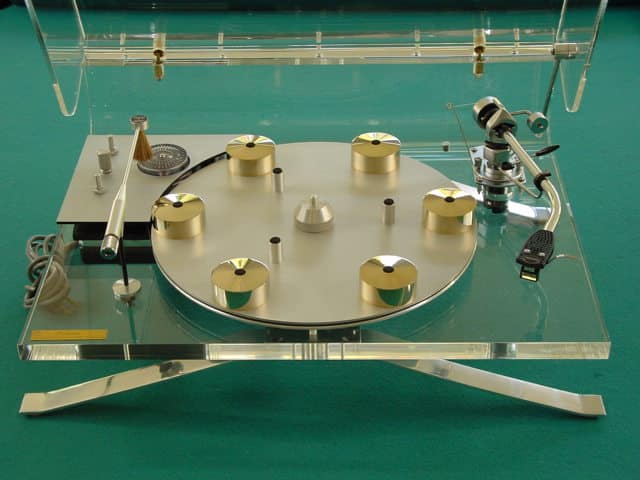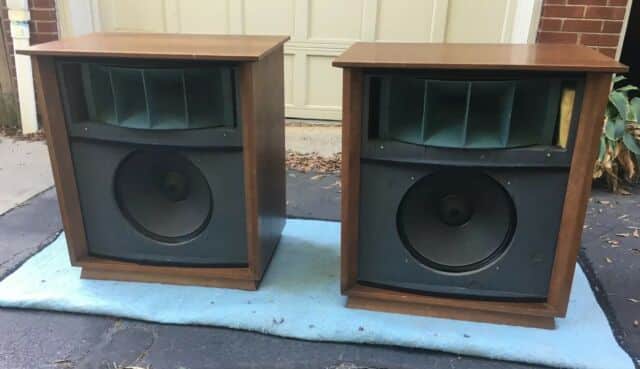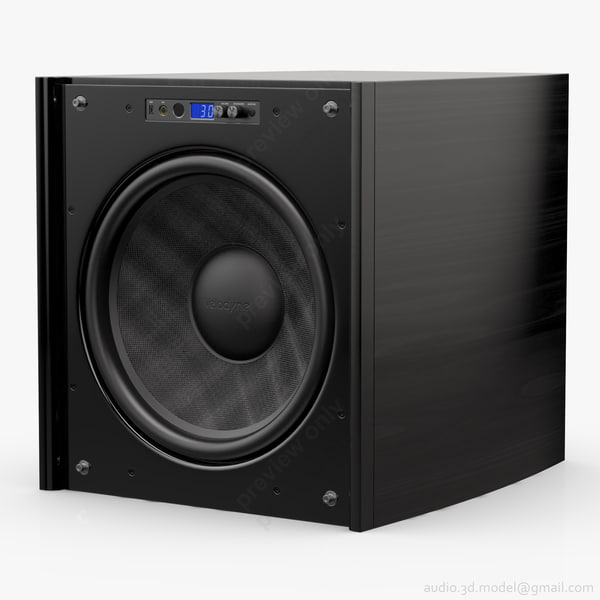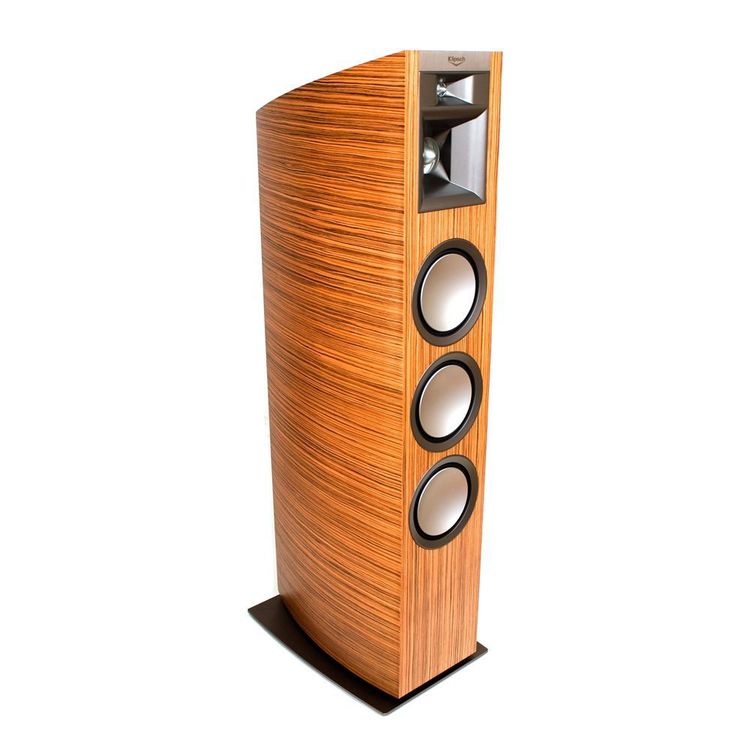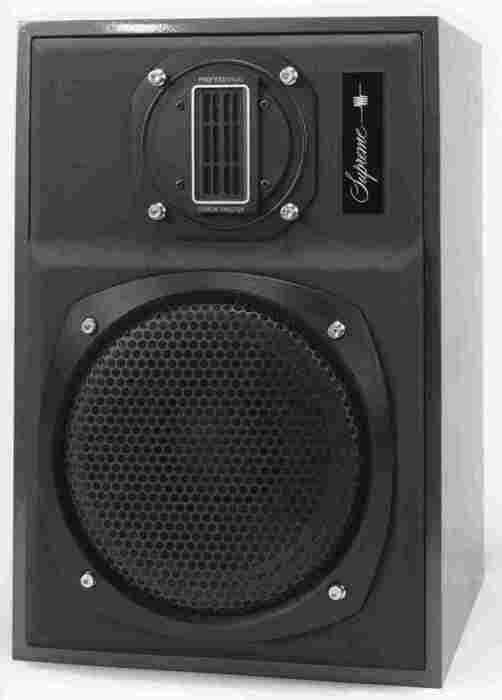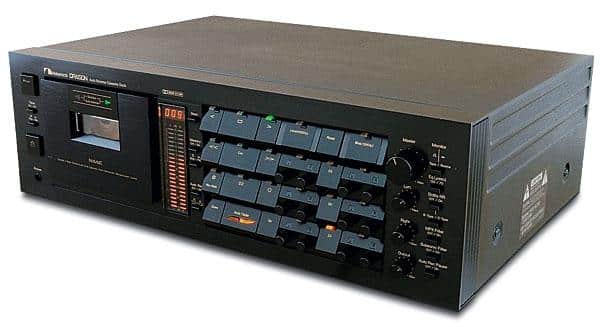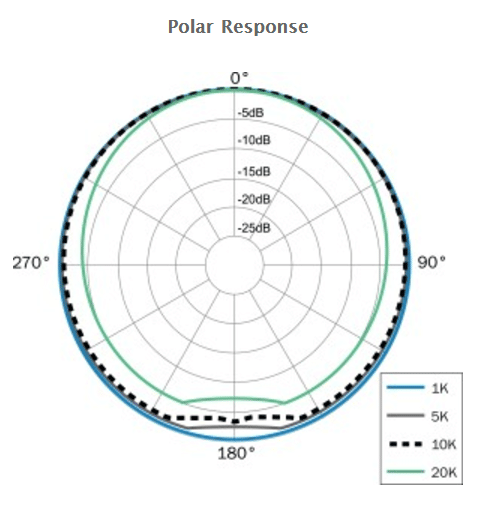Chris Kyriakis – who is “Mr Audyssey” confirmed in a post in the FB-group “Audyssey Tech Talk” that the internal sampling used by the Audyssey algorithms, in todays implementation in Multicahnnel Receivers or AVR´s is sampling at 48 kHz.
That implies that using higher bandwidths of the inputmaterial, like SACD, DSD or even high bandwidth MP3 is useless, when it comes to being better than the same material in bandwidths of 48 kHz. Now the only thing getting close to that is CD-material of 44.1 kHz sampling.
Chris states the following: “The processing power required for audio algorithms increases with sampling rate. Going from 48 kHz to 96 kHz doubles the requirements. For this reason, AVR makers limit the processing sampling rate to 48 kHz for Audyssey (and other algorithms). The alternative would be to add another DSP chip, but that increases the cost significantly so they have not done it. There is nothing in the Audyssey tech that limits the sampling rate. In fact, the version running in all IMAX theaters is at higher sampling rate because they have a more powerful processor.“
You can read the whole posting at: https://www.facebook.com/groups/audysseytechtalk/permalink/9723992454281620
Reading the link, requires Your free membership of the group.
My thoughts of this is, that its true what Chris says, that HW was expensive when Audyssey was introduced some 20 years ago. But DSP (digital processors) have become MUCH more powerful since then. Think how much Intel PC-processors have evolved in 20 years….
So WHY have not manufacturers of AVR´s with Audyssey technology, stepped up the sampling rate to match at least DSD 64, which by the way is whats SACD is using? Where are Denon/Marantz, Integra, NAD, Onkyo/Pioneer and others on this, with modern DSP-chips?
And where is Dirac on this? They have never revealed the sampling rates used? Are they fixed as with Audyssey, or dynamic, depending on the bandwidth of the material? And is 16-bits words, as from CD, the standard with all DRC-algorithms?
And why did Audyssey choose 48 kHz, at a time (20 years ago) when 44.1 kHz was used by almost all digital material (eg CD). The resampling from 44.1 to 48 kHz introduces dist, thats for sure, but how much? I cant find any reliable papers on this subject?
I am sure I will be back on this subject again!

